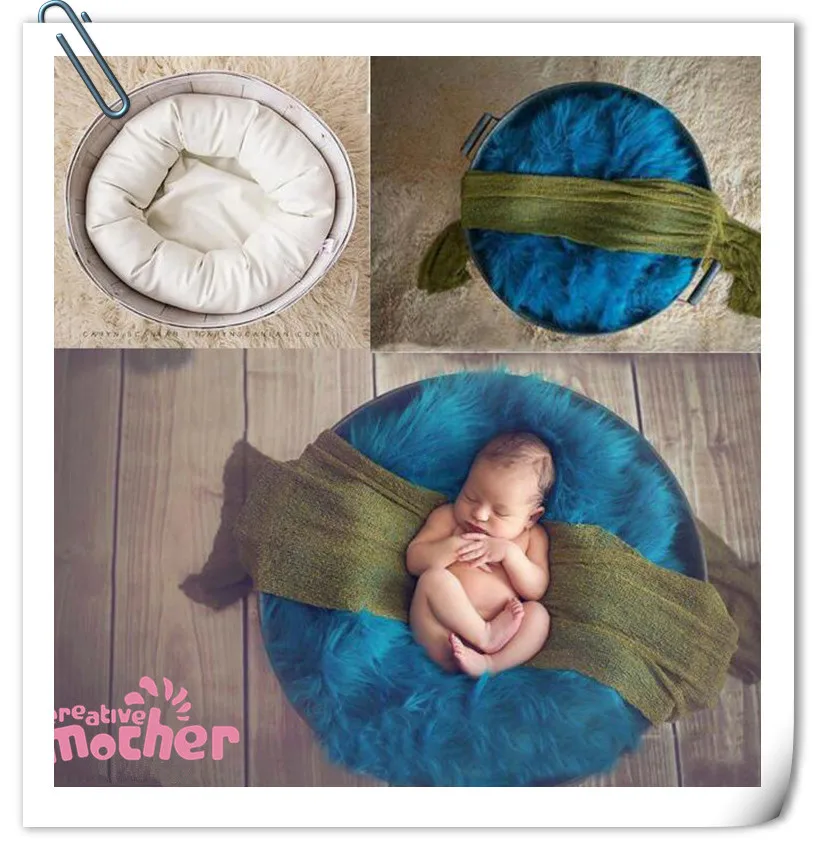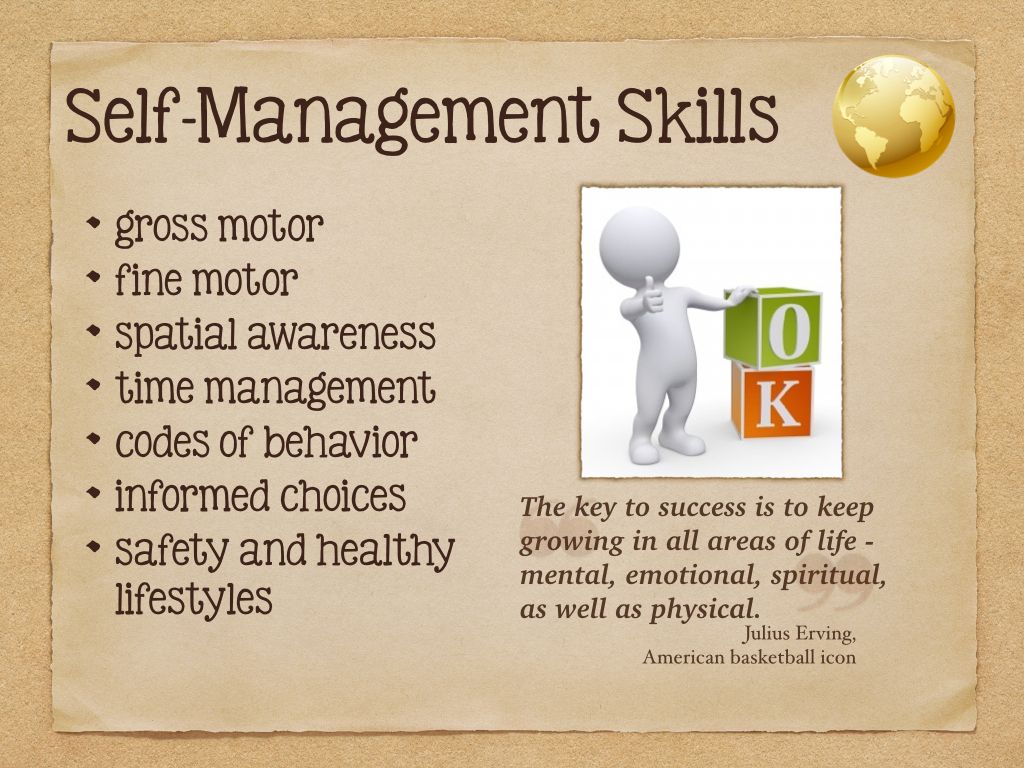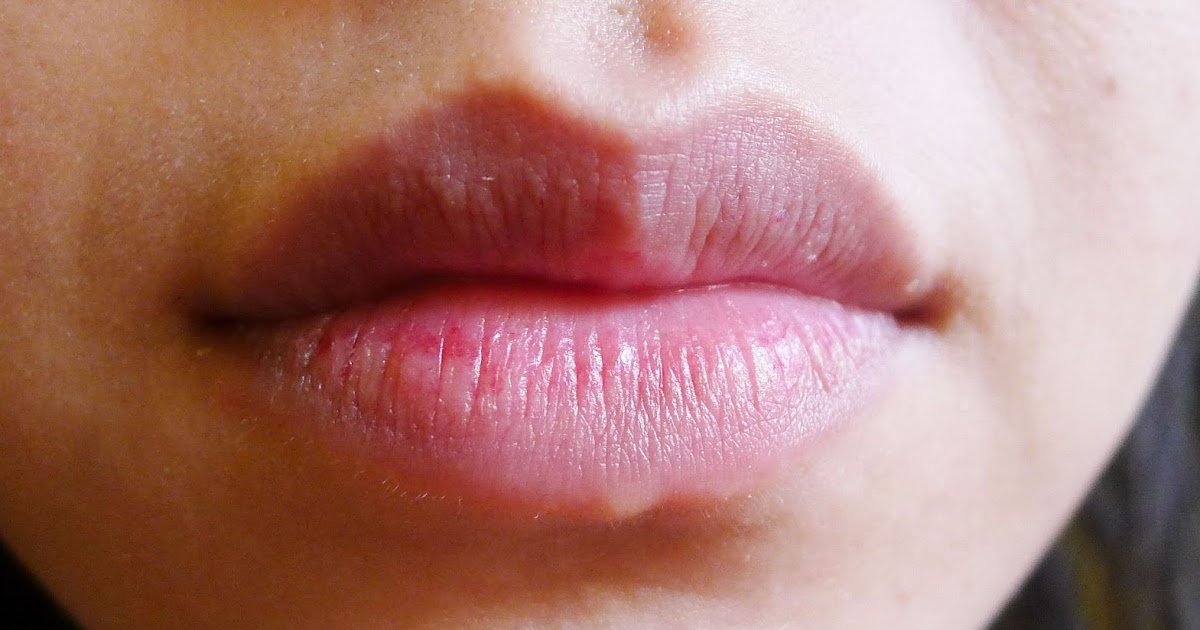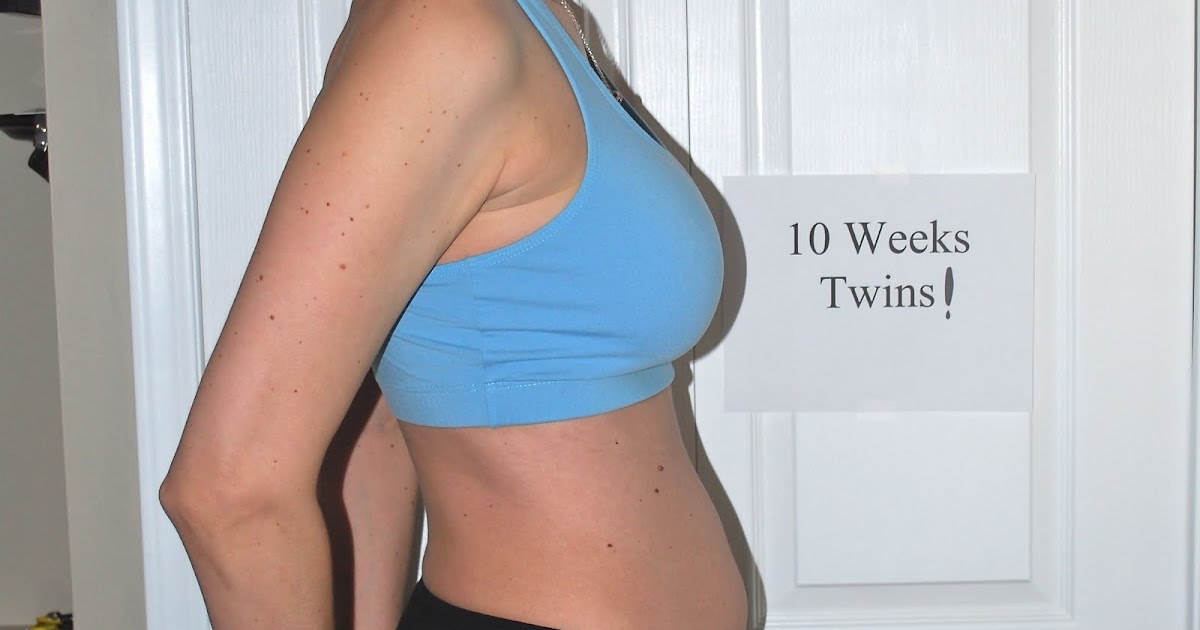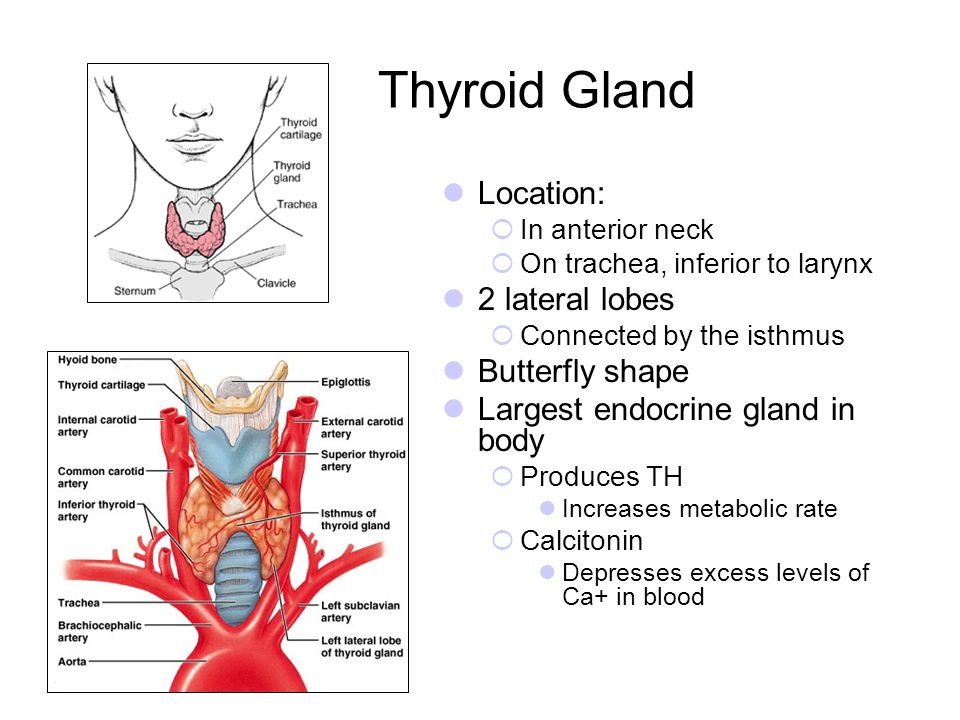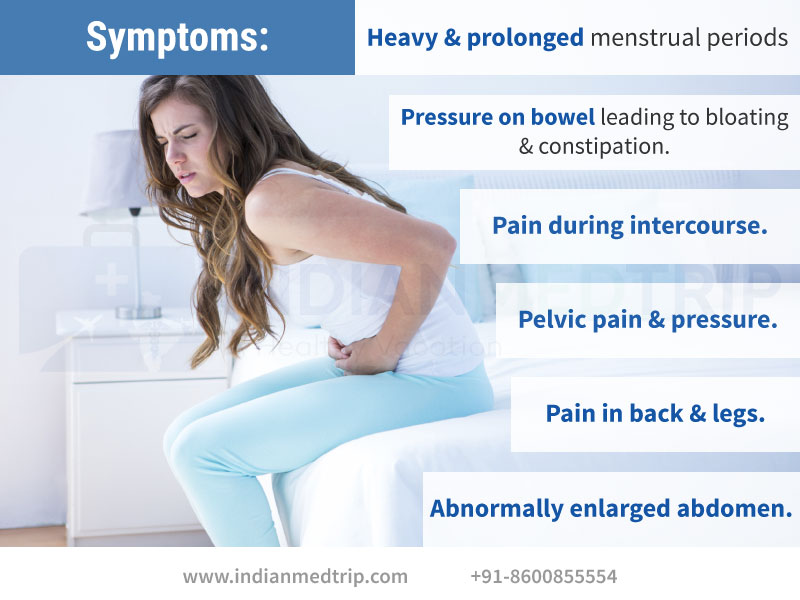Sunlight for newborn
Sun Safety for Children and Babies | Patient Education
Melanoma is among the most common forms of cancer for young adults 15-29. Some experts blame the inappropriate use of sunscreen, saying that people do not apply enough lotion (a golf ball-size dollop) or do not reapply it as frequently as required. Products can no longer claim to be waterproof, only water-resistant, and labels must note a time limit of either 40 or 80 minutes before the sunscreen is ineffective.
Sunscreen is just one of the defenses against the harmful effect of UV radiation. Strategies such as seeking shade and dressing children in sun-protective clothing are just as important. A bad sunburn in childhood or adolescence doubles the risk of melanoma later in life, according to the Skin Cancer Foundation.
Rates of skin cancer—including melanoma, the most serious form of skin cancer—continue to rise, even in young people. Parents need to be extra vigilant about sun protection all the time. Just one blistering sunburn in childhood more than doubles a person's chances of developing melanoma later in life. Young skin is delicate, thinner, and produces less melanin, a skin protecting pigment. Ultra violet (UV) rays reach the skin’s pigment producing melanin cells, called melanocytes, and cause DNA damage to the skin.
Infants
0-6 months:
- Infants under 6 months of age should be kept out of direct sunlight.
- Avoid using sunscreen. Baby’s young skin doesn’t have the ability to metabolize and excrete chemicals often found in sunscreens.
- Dress baby in lightweight sun—protective clothing that breathes and covers the arms and legs.
- Always protect your baby’s head, face, ears, and neck with a wide-brimmed hat. A baby who wears a hat during the first few months will get used to having it on.
- Use stroller shades and umbrellas.
- Use removable mesh window shields to keep direct sunlight from coming in through the windows of your car or invest in UV window film, which can screen almost 100 % of ultraviolet radiation without reducing visibility.

- Use sunglasses with UVA/UVB protection. Eyes are affected by exposure to the rays of UV radiation. Overexposure to UV light contributes to the development of cataracts, retinal damage and other eye problems. Experts report that as much as 80% of UV damage to our eyes is done before the age of 18, making it even more important all of us to start protecting our eyes at an early age.
- Take walks early in the morning before 10 AM or after 4 PM and use a stroller with a sun—protective cover.
Babies
6-12 months:
- It's now safe to use sunscreen on babies. Choose sunscreen designated for infant skin, and one that won't sting baby's eye.
- All the protection methods explained above still apply, however now sunscreen use should be incorporated.
- Apply broad-spectrum sunscreen with a minimum SPF of 30, with UVA/UVB protection particularly to areas left uncovered such as baby's hands. Some children experience allergic reactions to various sunscreen ingredients.
 Test a product first by applying a small amount to a limited area of skin. Choose a product that is hypoallergenic and fragrance-free.
Test a product first by applying a small amount to a limited area of skin. Choose a product that is hypoallergenic and fragrance-free. - Most importantly, sunscreen must be applied 30 minutes before going outside and reapplied every two hours or after swimming or excessive sweating. Products can no longer claim to be waterproof, only water-resistant, and labels must note a time limit of either 40 or 80 minutes before the sunscreen is ineffective.
Toddlers/Pre-School Age
- Protecting toddlers from the sun requires a little more thought and effort. It is important to educate your child and caregivers.
- All the protection methods explained above still apply, including how sunscreen use should be incorporated
- Make sure your child seeks the shade between 10 AM and 4 PM. Check the outdoor area where your child plays to make sure there is adequate shade.
- Make sure toddlers are covered. Long-sleeved, unbleached cotton clothing is cool and comfortable, while also highly protective.
 Clothing with an Ultraviolet Protection Factor (UPF) listing on the label offers extra security. The Skin Cancer Foundation recommends clothing with a UPF of 30 or higher.
Clothing with an Ultraviolet Protection Factor (UPF) listing on the label offers extra security. The Skin Cancer Foundation recommends clothing with a UPF of 30 or higher. - Don't forget hats and sunglasses. Choose a wide—brimmed hat that protects face, neck, and ears.
Pigmentation
Whatever our skin color, we're all potentially susceptible to sunburn and other harmful effects of exposure to UV radiation. Although we all need to take precautions to protect our skin, people who need to be especially careful in the sun are those who have.
- pale skin
- blond, red, or light brown hair
- been treated for skin cancer
- a family member who's had skin cancer
Sunglasses
Children under age 10 are at a high risk for skin and eye damage from UVR. The skin on their eyelids and around their eyes is more delicate and vulnerable than adult skin. And until about age 10, the lens of a child's eye is clear, allowing greater solar penetration and thus greater UVR—induced ocular changes.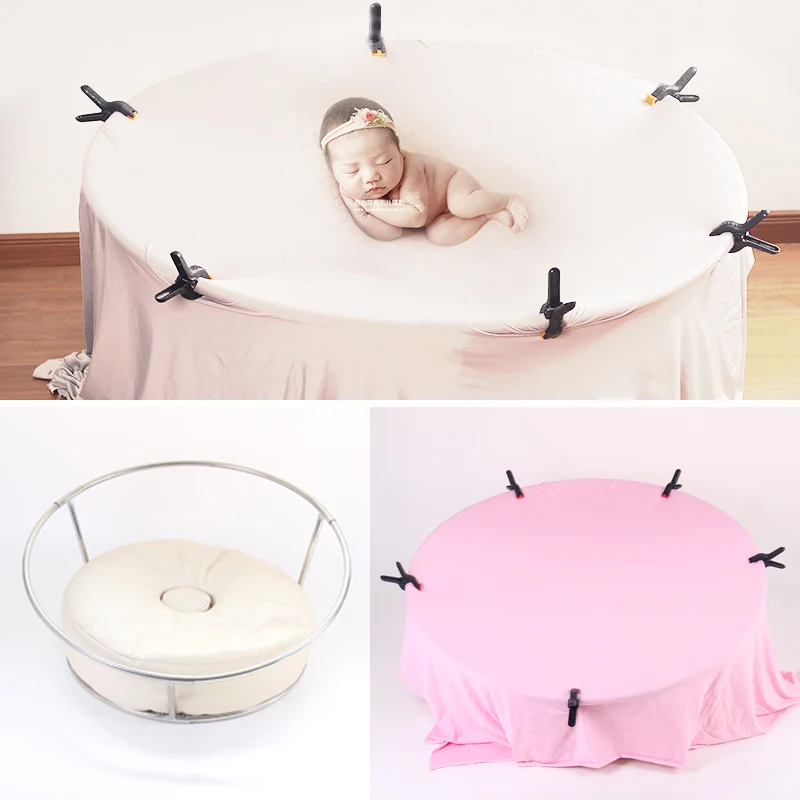
Retinal exposure to UVR is associated with cataracts and macular degeneration, both causes of vision impairment. UVR damage builds over time, so the sooner you start protecting your children's eyes from the sun, the lower their risk will be of ever developing future eye problems.
Fortunately, good sunglasses protect both the skin around the eye and the eye itself. While children under 6 months old should never be exposed to the sun, once they reach 6 months, they should wear sunglasses outside. If they require prescription glasses, they should also wear prescription sunglasses.
Keep these rules in mind when buying sunglasses for children:
- Find glasses that block 99-100 percent of both UVA and UVB rays. Buy ones that indicate the percentage of UVR protection they provide. The more skin covered, the better, so look for large, wraparound styles.
- Use playground-proof lenses. Kids run, trip, fall, and bounce off objects at alarming speed.
 Their sunglasses should match this active lifestyle. Find impact-resistant, scratch-proof lenses that don't pop out of the frames. Avoid glass lenses, unless recommended by a doctor; plastic is safer. Frames should be bendable but unbreakable. Make sure the glasses fit snugly, close to the face.
Their sunglasses should match this active lifestyle. Find impact-resistant, scratch-proof lenses that don't pop out of the frames. Avoid glass lenses, unless recommended by a doctor; plastic is safer. Frames should be bendable but unbreakable. Make sure the glasses fit snugly, close to the face.
"Sun Protective” Clothing
Clothing is the single most effective form of sun protection. It is our first line of defense against the sun’s harmful ultraviolet rays.
Clothing made with sun-protective fabrics differs from typical summer fabrics in several ways. They typically have a tighter weave or knit and are usually darker in color. Sun-protective clothes have a label listing the garment's Ultraviolet Protection Factor (UPF) value. The UPF label will help you identify sun-protective garments. The number on the label indicates what fraction of the sun’s rays can penetrate the fabric. The higher the UPF, the higher the protection.
A fabric with the minimum recommended UPF rating of 20 allows 1/20th of the sun's UV radiation to pass through it.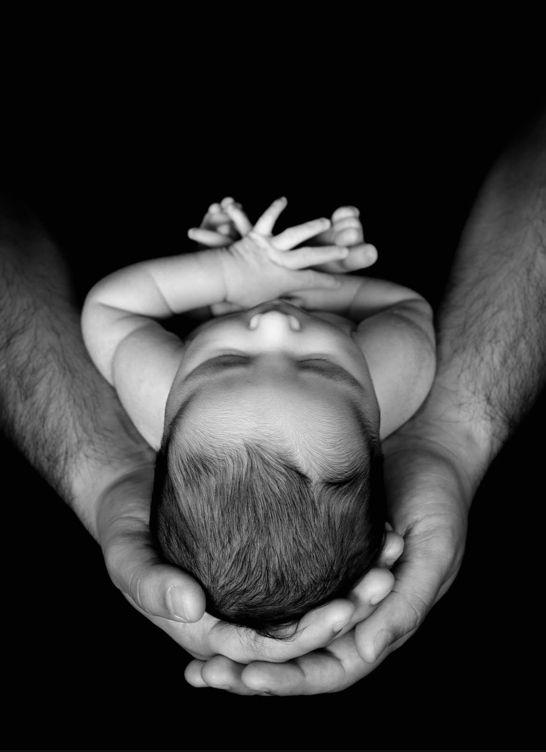 This means that this fabric will reduce your skin's UV radiation exposure by 20 times where it's protected by the fabric. The more intense the hue, the better the UV defense—dark or bright colors, like red or black, absorb more UVR than white.
This means that this fabric will reduce your skin's UV radiation exposure by 20 times where it's protected by the fabric. The more intense the hue, the better the UV defense—dark or bright colors, like red or black, absorb more UVR than white.
What is SPF?
SPF, or Sun Protection Factor, is the amount of UV radiation required to cause sunburn on skin with the sunscreen on, relative to the amount required without the sunscreen. SPF protection doesn't increase proportionally. For example, SPF 2 absorbs 50% of UV radiation, SPF 15 absorbs 93%, and SPF 34 absorbs 97%.
What is UVA & UVB?
UVA and UVB refer to different kinds of ultraviolet radiation. Exposure to UVA and UVB can be harmful and cause cancer. Sunscreens protect from UVB rays, but not all sunscreen product screens out all UVA rays. Some may advertise UVA protection, but no criteria exist in the U.S. for measuring and labeling the amount of UVA defense a sunscreen provides yet.
What is Broad-spectrum protection?
“Broad-spectrum” indicates that a product shields against UVA and UVB. It does not guarantee protection against all UVA wavelengths, however. Most broad-spectrum sunscreens and sunblocks with an SPF of 30 or higher do a good job against UVB and short UVA rays. If they also contain avobenzone, zinc oxide, or titanium dioxide, they should be more effective against the entire UVA spectrum.
It does not guarantee protection against all UVA wavelengths, however. Most broad-spectrum sunscreens and sunblocks with an SPF of 30 or higher do a good job against UVB and short UVA rays. If they also contain avobenzone, zinc oxide, or titanium dioxide, they should be more effective against the entire UVA spectrum.
Tips on Applying Sunscreen
- Water and perspiration reduce the SPF value of many sunscreens—even those that are water-resistant—so be sure to reapply the product often.
- Sunscreen sprays may not work as well to prevent sunburn. The concern is twofold: that not enough sunscreen makes it onto the skin, and that the spray may be inhaled into the lungs.
- If your baby is taking medication, ask your doctor or pharmacist if the medications increase your baby’s skin sensitivity to the sun or aggravate sunburns or rashes. Certain antibiotics, diuretics, antihistamines, and antidepressants are among the commonly used drugs that can increase sensitivity to the sun's rays.

- Experts estimate that about half of the recommended amount of sunscreen is applied on their children. Read the product’s usage instructions to make sure you are using the proper amount.
- Apply sunscreen at least 30 minutes before your child will be exposed to the sun.
- Reapply sunscreen regularly and at least every 2 hours. Repeat application more often if your child is swimming or sweating.
- Use sunscreen even if it is cloudy outside. Clouds don't absorb or block UV radiation.
Sun Exposure & Vitamin D
Some sunlight is good for you and is needed for bone health. It has been suggested by some vitamin D researchers that approximately 5 to 30 minutes of sun exposure at least twice a week to the face, arms, legs, or back without sunscreen usually lead to sufficient vitamin D. Individuals with limited sun exposure need to include good sources of vitamin D in their diet or take a supplement to achieve recommended levels of intake.
7 Amazing Benefits of Sunlight For Newborn Babies
A newborn baby’s sensitive skin needs to be protected from the harmful effects of the sun, including heat and moisture.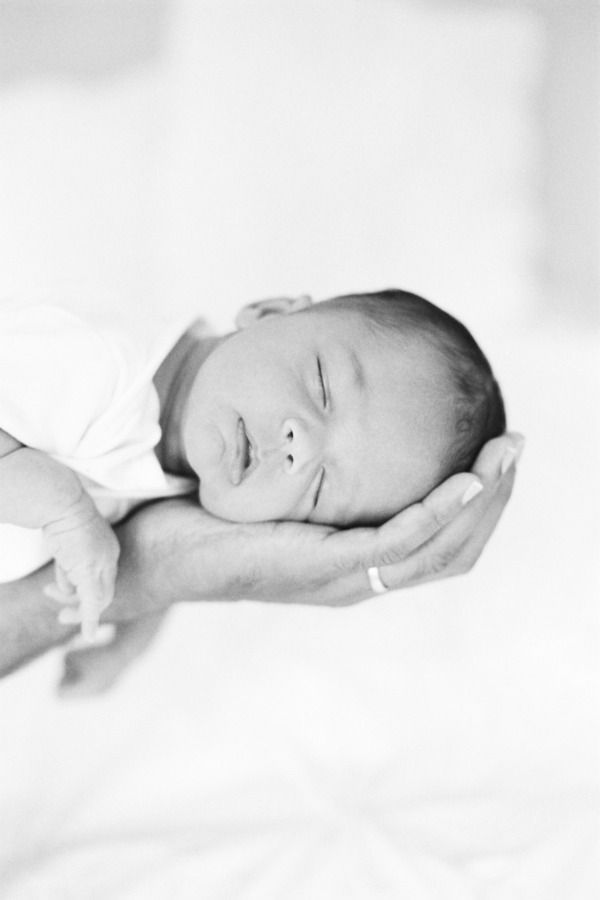 Keeping your baby away from direct sunlight is a good idea, but exposing your little one to mild sunlight – especially in the morning – is beneficial in many ways. UV rays come with great health benefits when properly made use of for the baby.
Keeping your baby away from direct sunlight is a good idea, but exposing your little one to mild sunlight – especially in the morning – is beneficial in many ways. UV rays come with great health benefits when properly made use of for the baby.
Video: 5 Amazing Benefits of Mild Morning Sunlight for Newborn Babies
Health Benefits of Sunlight for a Newborn
1. More Vitamin D:
This is one of the biggest benefits your baby will get on exposure to sunlight. Our body needs vitamin D; and to create it, the body requires a minimum of 15 minutes of UV rays every day, depending on the baby’s skin tone – darker-skinned babies require more time in the sun, but it should not exceed 30 minutes.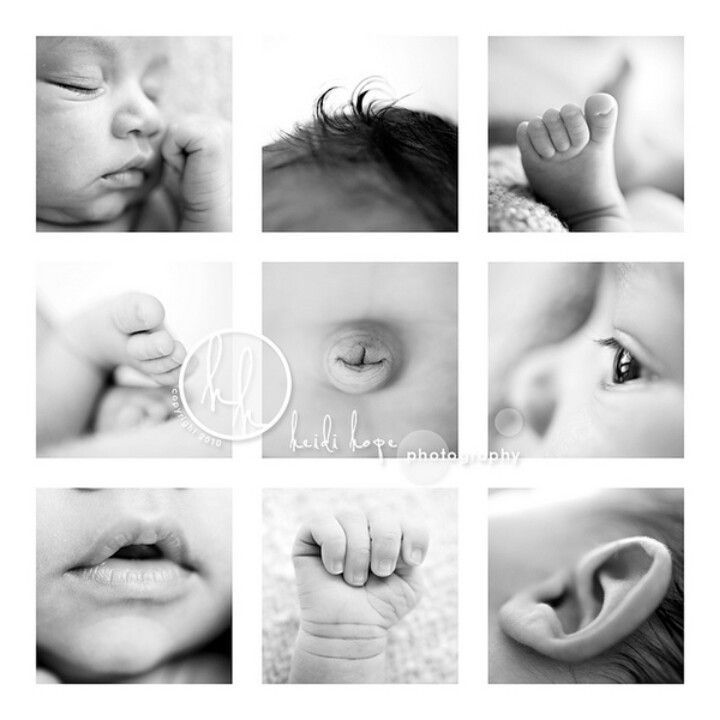 Vitamin D aids in absorbing calcium, which in turn strengthens bones and teeth. The immune system works efficiently, and the body is protected from diseases.
Vitamin D aids in absorbing calcium, which in turn strengthens bones and teeth. The immune system works efficiently, and the body is protected from diseases.
2. Better Serotonin Levels:
Sunlight is known to augment the production of serotonin when babies receive it in the necessary quantity. Serotonin, which is often called the ‘happy hormone’, boosts the feeling of happiness and security. Serotonin regulates sleep and digestion in babies.
3. Enhanced Insulin Levels:
Receiving sunlight from an early age can help prevent conditions like diabetes to a certain extent. Though it is not the only facilitator of good insulin levels, it is definitely an added advantage as the vitamin D in the body helps manage insulin levels. A healthy diet and exercise during the child’s growing years can be extremely beneficial in keeping diabetes in check.
4. Manages Jaundice or Yellowing of the Skin:
Sunlight helps break down bilirubin – a yellowish compound that occurs in the natural catabolic pathway – so that a baby’s liver can process it more easily.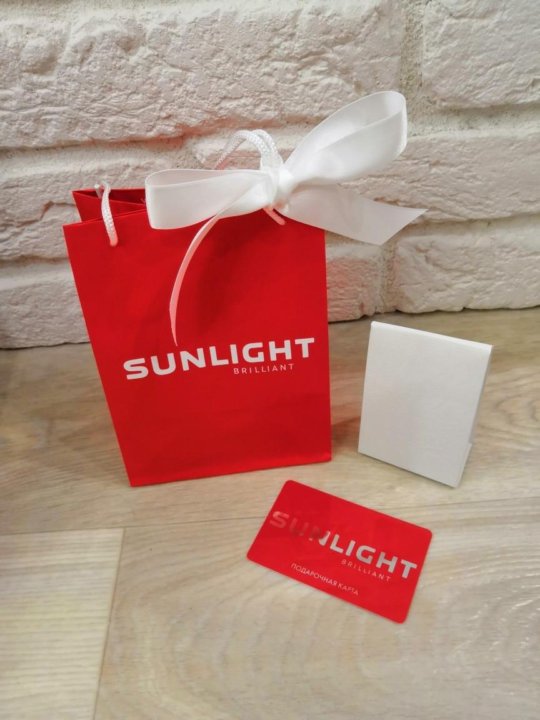 The unchecked growth of bilirubin can cause the yellowing of a newborn baby’s skin. Exposing your baby to morning sunlight for 15 to 20 minutes, undressed, every day, can help with mild jaundice. A severe case, however, will need more attention.
The unchecked growth of bilirubin can cause the yellowing of a newborn baby’s skin. Exposing your baby to morning sunlight for 15 to 20 minutes, undressed, every day, can help with mild jaundice. A severe case, however, will need more attention.
5. Higher Energy Levels:
When a newborn baby is exposed to natural sunlight, it helps regulate the production of melatonin. Melatonin levels in the baby can impact his sleep patterns, which are of utmost importance in the newborn’s early years. Sunlight causes a dip in melatonin levels and increases serotonin, thus increasing energy levels.
Tips to Gain Maximum Benefits From Sunlight for your Baby
A 2017 study conducted by University College of Medical Sciences, New Delhi showed that exposing babies regularly to sunlight has the ability to give them sufficient vitamin D levels to keep them healthy. The study found that exposing a baby as young as 6 weeks for around 30 minutes a week can give him adequate vitamin D levels to aid in his optimal growth and development. Research also suggests that exposing even 40% of the baby’s body to sunlight can do the trick. However, interestingly, the study showed that the ideal time for a sunbath for the baby is between 10 am and 3 pm! Ours is a tropical country, so sunlight is aplenty – if you live in a fairly cooler climate, the above-mentioned time can be considered. However, if you live in a place that is generally warm, consider the more popularly accepted timings of 7 am to 10 am to expose your little one to sunlight. Just remember this simple rule of thumb: The larger the surface area of the body exposed, the better it is for your baby.
Research also suggests that exposing even 40% of the baby’s body to sunlight can do the trick. However, interestingly, the study showed that the ideal time for a sunbath for the baby is between 10 am and 3 pm! Ours is a tropical country, so sunlight is aplenty – if you live in a fairly cooler climate, the above-mentioned time can be considered. However, if you live in a place that is generally warm, consider the more popularly accepted timings of 7 am to 10 am to expose your little one to sunlight. Just remember this simple rule of thumb: The larger the surface area of the body exposed, the better it is for your baby.
Now that you know newborns and sunlight share a therapeutic relationship, here are a few tips to maximize its benefits:
1. Pick the Right Time:
Make sure your baby is exposed to sunlight for 10 to 15 minutes between 7 and 10 am to draw maximum benefits. An hour after sunrise and an hour prior to sunset is considered the best time to expose your baby to sunlight.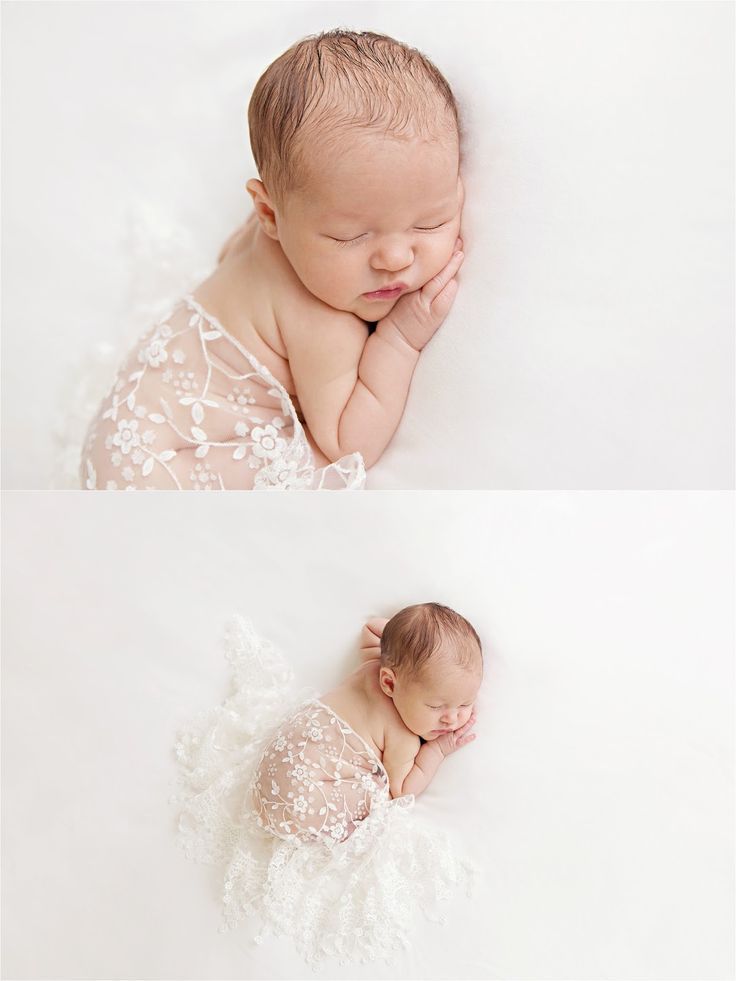 Since the baby’s skin is sensitive, exposure to sunlight should not exceed 30 minutes. Prolonged exposure to UV rays can damage your baby’s skin membrane, causing redness, burning, and irritation.
Since the baby’s skin is sensitive, exposure to sunlight should not exceed 30 minutes. Prolonged exposure to UV rays can damage your baby’s skin membrane, causing redness, burning, and irritation.
2. Use Minimum Clothing:
It is important that the baby’s entire body, including the chest and back, receives equal attention. So, ensure that your child isn’t fully clothed. Shield your little one’s eyes if possible to avoid any chances of damage.
3. Choose the Right Location:
It is not necessary that your baby’s sunbathing is carried out in a completely open space. Open a window that can stream sunlight in, or place the baby in the room with natural sunlight. If it is windy, it is best to keep the baby indoors to avoid dust or other foreign bodies from affecting his eyes. Your baby can bask in the sunlight through a clear glass window just as well.
4. Premature Babies Need Attention:
In case your baby is premature, do not expose him to sunlight during the initial few weeks. The baby may not be able to adjust to the warm temperature, and this could prove unsafe for him. Preterm babies need a stable body temperature, and thus should be kept away from direct sunlight in the initial period. Babies within a healthy weight range can be placed near a clear window.
The baby may not be able to adjust to the warm temperature, and this could prove unsafe for him. Preterm babies need a stable body temperature, and thus should be kept away from direct sunlight in the initial period. Babies within a healthy weight range can be placed near a clear window.
5. Sensitive Skin Needs Care:
If your baby has sensitive skin, check with your doctor if it is ok to expose him to direct sunlight. Otherwise, you may damage the baby’s skin as it could dry the skin, leading to rashes, peeling or general irritation.
6. There Are No Age Barriers to Sunbathing:
Did you know the process of bone formation happens until one’s teenage years? Since vitamin D is vital for bone formation, exposure to sunlight is mandatory at all ages. For newborn babies, it helps in managing bilirubin levels if it is done in the first few weeks. Remember that you also need vitamin D as much as your baby does, so don’t hesitate to expose yourself to sunlight when doing so with your baby!
7.
 Pre-Bath Cleaning Can Be Detailed:
Pre-Bath Cleaning Can Be Detailed:Your baby can receive his daily dose of sunlight before he has his bath. This will help you to clean areas that are overlooked, like the folds of the stomach, thighs, feet, and areas behind the ears.
8. Watch Body Temperature:
Any abnormal increase in the baby’s body temperature due to prolonged exposure to sunlight should be a cause for concern. The baby’s body and brain function can be affected by high temperatures, so the duration and temperature have to be monitored carefully.
9. Use Time Wisely:
While your baby is enjoying his time in the soft sunlight, you can use this opportunity to connect with the baby. You can massage the baby lightly with baby oil to give him additional protection against skin problems. Caressing the baby creates a feeling of security and warmth, and promotes good health. Make sure you speak to the baby the entire time and build a foundation for future communication between you and him. This well-utilised time has many physical and emotional benefits for both, the baby and the mother.
Now that you understand the powerful physical and emotional benefits of sunlight exposure for your little one, it is time to take action! You will have to consider your baby’s skin condition and general health before you do so. Make sure you join your baby for this glorious exercise whenever possible. Sunlight is available in abundance for most of us, and we should utilise it to the maximum for health-related benefits.
Also Read: Homemade Sunscreens for Babies
How much Sun is enough for your child? - Magazine
Bone health is essential for upright posture and stable walking. Only sunlight, more precisely, ultraviolet radiation, allows the children's skeleton to develop. Most of the bones of a newborn are made up of cartilage, which undergoes gradual ossification. Bone mineralization itself begins when children receive calcium and phosphorus from their diet: both trace elements are then incorporated into bone development under the influence of vitamin D.
Most foods contain only small amounts of vitamin D, although fish oils and oily fish contain quite a lot. But thanks to UV radiation, we can produce the necessary amount of vitamin D ourselves: this happens when enough sunlight hits the skin.
If there is a lack of vitamin D, the bones cannot develop properly. In infants, acute vitamin D deficiency can lead to rickets, so taking this vitamin, for example, is recommended for babies in Germany. While breast milk, the best food for infants, contains relatively little vitamin D, commercial infant formula should be fortified with vitamin D (up to 15 micrograms or 600 IU/litre). nine0003
To ensure sufficient vitamin D in the skin, infants and older toddlers should be exposed to the sun for 30-60 minutes a day: enough if only the face is exposed and facing a clear sky. Babies don't need direct sunlight, and they certainly shouldn't be out in the open without clothes, losing body heat.
But too much sunlight can be harmful, especially for babies and young children. At a tender age, a baby's skin is thin and has few melanocytes (skin cells that produce the protective pigment melanin). This means that even a relatively short period of sun exposure can cause sunburn. Like any other burn, it is manifested by reddening of the skin, and in severe cases leads to the formation of blisters. Sun exposure during childhood can greatly increase the risk of developing skin cancer. This is partly because the child's immune system is not yet fully developed, so it cannot repair the cell damage caused by the sun's rays. nine0003
Use a sunscreen with a high SPF of at least 20 and up to 50 for your child. avoidable sun exposure.
- The younger the child, the more important it is not to stay under the scorching rays of the sun (especially during the daytime from 11:00 to 16:00). nine0023
- The child's skin should always be covered with light cotton clothing and the head covering should shade the skin of the neck.

- Sunscreen factor 20 or higher without fragrance or preservatives should be used.
- Sun lotion or cream should be applied with extreme caution on the ears, nose and tops of the feet.
Even if sunscreen is applied, this does not mean that children can be exposed to direct sunlight for a longer period of time. If exposure to the sun, despite the precautions mentioned above, has led to sunburn, this condition requires immediate effective treatment. nine0003
Sun protection Interview Skin care Children Edelweiss
MORE ARTICLES ABOUT SIM
Read more
Helpful stats
Children's skin and the sun: what you need to know
Why avoid direct sunlight and what to do about overheating and sunburn
The sun gives a good mood and promotes health. However, in addition to benefits, its rays can be harmful, and first of all, this applies to delicate children's skin. Pediatric dermatologist, doctor of the highest category Natalia Zhovtan tells what rules parents should follow on sunny days and on a beach holiday.
However, in addition to benefits, its rays can be harmful, and first of all, this applies to delicate children's skin. Pediatric dermatologist, doctor of the highest category Natalia Zhovtan tells what rules parents should follow on sunny days and on a beach holiday.
The solar regime depends on age
Russia is a northern country, and there are not so many sunny days a year in most of its territory. At the same time, natural light is one of the conditions for the formation of vitamin D in our body. It is also called the "growth vitamin" because of its role in the absorption of calcium and phosphorus, which are important for the proper development of bones and teeth. In addition, the benefits of the vitamin for the immune system and cell division have been proven. At the same time, 60% of Russian young children are deficient in vitamin D.
Most of it is produced naturally in our skin by exposure to sunlight. At the same time, dietary supplements and vitamin complexes are a half-way solution, because vitamin D is poorly absorbed from food. However, there is one nuance here.
However, there is one nuance here.
In order for the body to produce vitamin D, direct contact with the sun's rays is not at all necessary - neither for children nor for adults. Enough partial shade and diffused light - for example, under a canopy or trees. Ultraviolet rays also get there in sufficient quantities, reflected from the ground, foliage and other surfaces. Therefore, by the way, there is no reason to sunbathe under the scorching sun: a tan is formed even in the shade, while it turns out to be more even and beautiful. nine0003
Special category - children under 3 years of age. Their skin is very thin, very susceptible to the sun, and its protective functions have not yet been formed, so direct contact with direct sunlight is contraindicated for babies. Aggressive ultraviolet easily penetrates deep into the skin and can cause sunburn even in a few minutes. So with babies and young children, it is better to walk in the morning or in the evening along the shady side of the street and use an umbrella from the sun.
Danger time and additional protection
On a hot summer day, it is generally undesirable for children (and adults too) to be in the sun between 11 am and 4 pm. If you still need to go outside or the child asks to go for a walk or to the beach, sunscreens, sprays and lotions should be used for additional protection. They reflect some of the ultraviolet radiation, preventing sunburn and skin cancer.
For children, it is better to choose hypoallergenic products without dyes and fragrances with a high level of protection (SPF) - 50 and above. The younger the child, the higher the level of protection should be. And you need to keep in mind that even products with SPF 100 (their manufacturers claim complete reflection of harmful radiation) lose their protective properties quite quickly, especially when the skin comes into contact with sand and water, so after 2 hours they must be applied again. Although there are special waterproof beach products, they also need to be updated every 2-3 hours. nine0003
nine0003
It is better to choose a children's sunscreen together with a dermatologist or pediatrician, while focusing on the assortment presented in a pharmacy, and not in a supermarket. Although such funds are a little more expensive, they are certified and provide reliable protection.
If a child has sunstroke
Prolonged exposure to the sun can cause sunstroke, especially in children, because their thin skin quickly dehydrates. Unlike adults, they cannot yet monitor their condition and feelings themselves, so parents have to constantly monitor the child: how long he was in the sun, whether his head and shoulders were covered, when sunscreen was last applied, whether the baby feels well. The basic rules are known to everyone, but not everyone follows them, so let us remind you once again: light-colored clothes with long sleeves, a hat, drinking plenty of water. nine0003
Sunstroke or heatstroke, in fact - overheating of the body and primarily the brain. Moreover, it can be obtained even in the shade, just two factors are enough - hot weather and lack of fluid in the body.
Its main symptoms are lethargy and dizziness, sometimes nausea. Young children may become anxious and cry. To alleviate the condition of the child, it is necessary to isolate him from the sun and lay him down, give him a cool (but not too cold) drink. Plain still water is best, sweet soda is worst. You can dampen clothes with cool water or apply a cold compress to your forehead, arms, legs, or underarms. This will quickly cool the body and bring the child to his senses. nine0003
If the child is sunburned
Sunburn occurs when exposed to direct sunlight, when the protective mechanisms of the skin cannot cope with the received dose of ultraviolet radiation and the deep layers of the skin are damaged. Moreover, in summer you can get it not only on the beach, but also in the sandbox in the yard of your house, and in winter, for example, in the mountains. Ears, the tip of the nose, face, shoulders and chest are especially easily burned.
People with fair skin and hair are most susceptible to sunburn.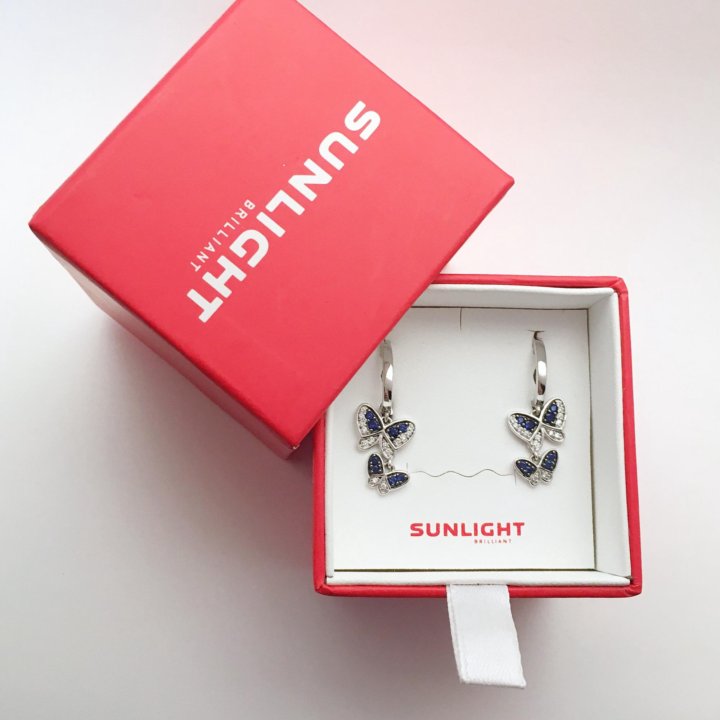 Another risk factor is long games in the water. After all, water reflects the sun's rays, enhancing their effect on the skin. nine0003
Another risk factor is long games in the water. After all, water reflects the sun's rays, enhancing their effect on the skin. nine0003
The main problem with sunburn is delayed symptoms. They do not occur immediately, but by the evening or even the next day (usually 4-6 hours after exposure). This is redness of the skin, a burning or tingling sensation in the affected areas, in extreme cases, blisters and vomiting. The child feels weak or, conversely, anxious, his body temperature may rise slightly. In this case, children's ibuprofen, paracetamol or other antipyretics will help.
To help with sunburn, first you need to provide shade, cool the skin and stop the loss of moisture: give a drink (recommendations are the same as for sunstroke) and apply a cold compress to the affected areas of the body. Then apply a healing agent with corticosteroids (cream, gel or lotion, but not ointment - fatty agents create a film on the skin and lead to an increase in temperature). For example, the Fenistil gel (can be used from the age of two months) and the Advantan emulsion (from six months) have proven themselves well.